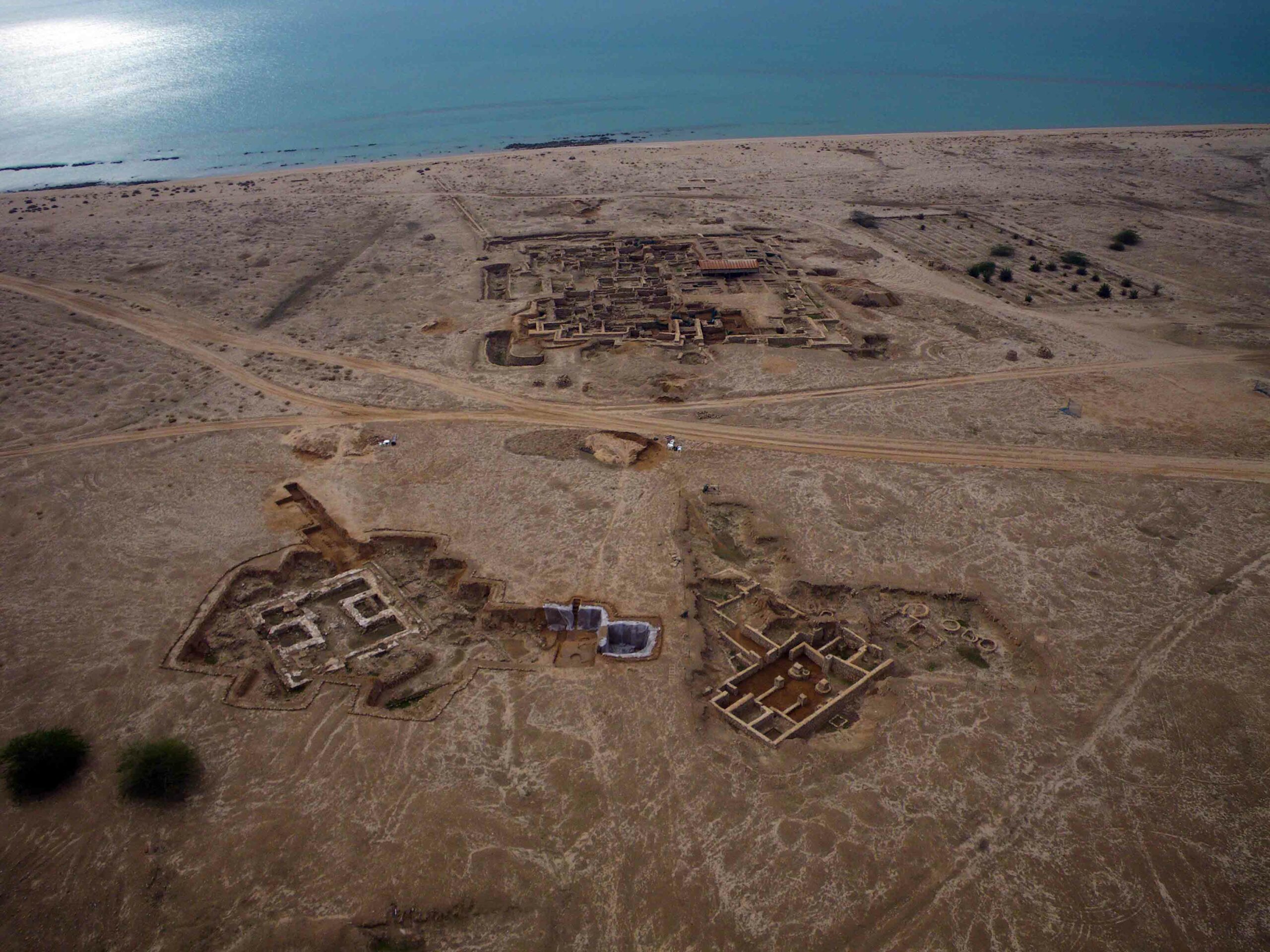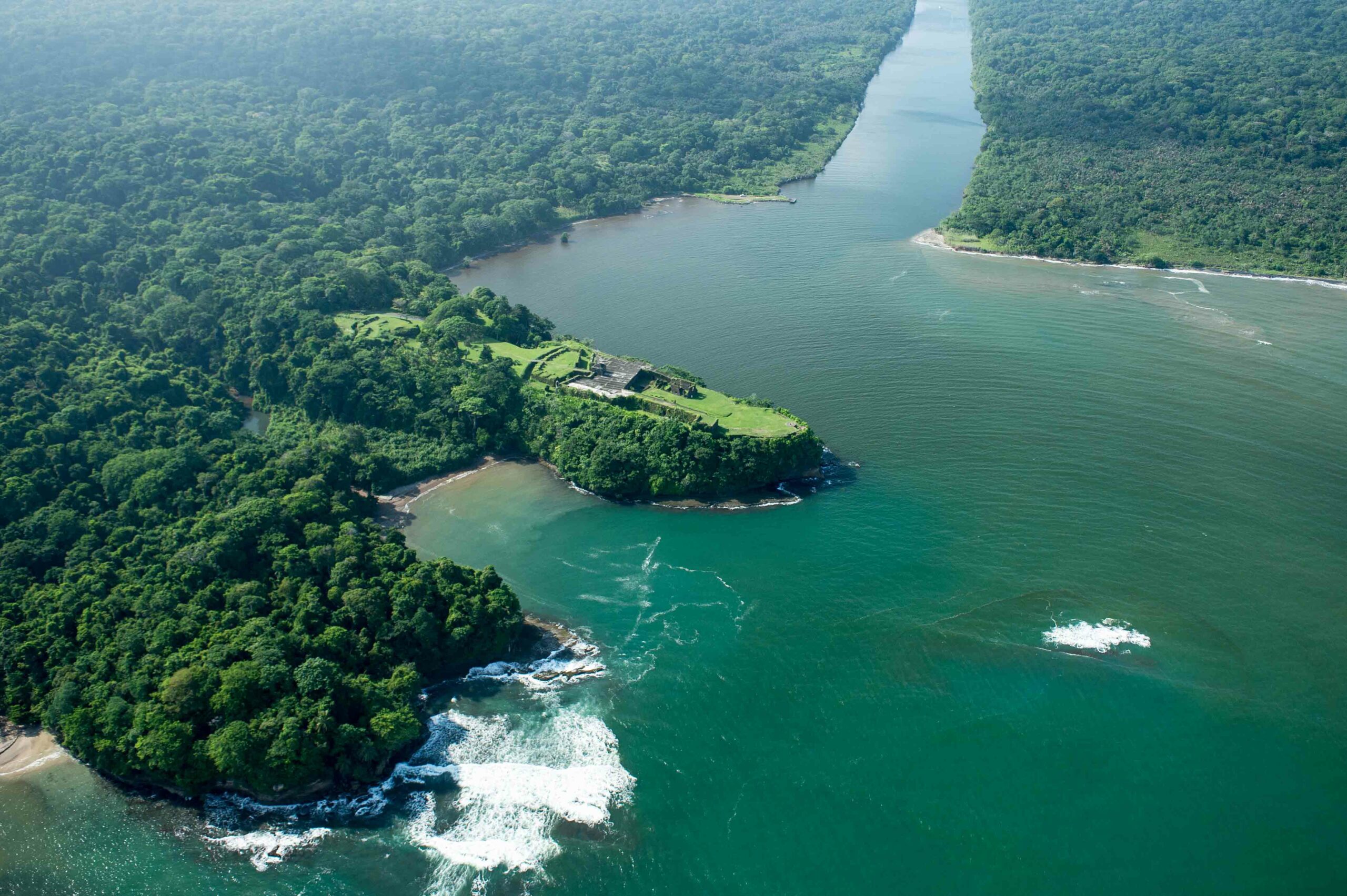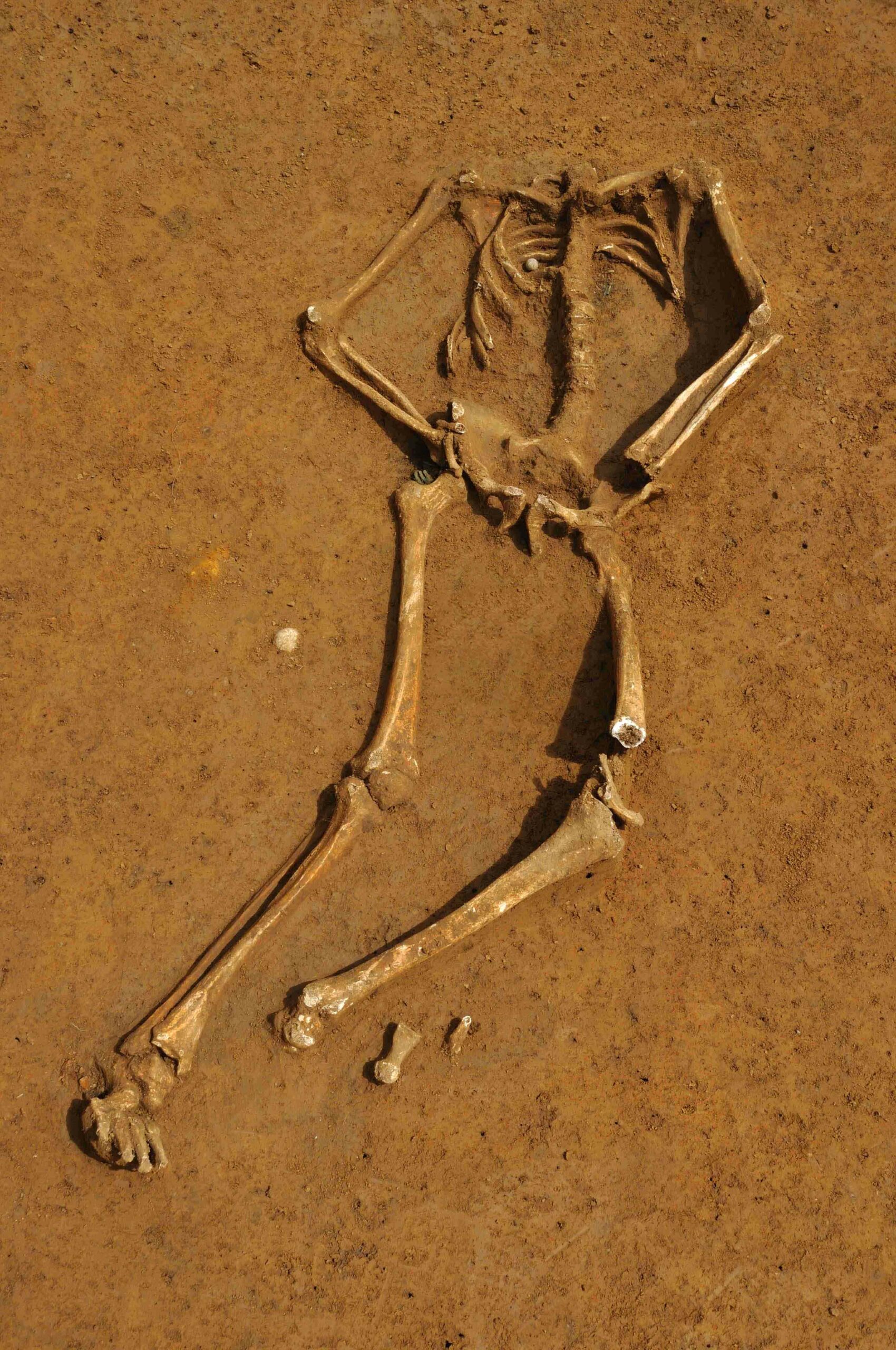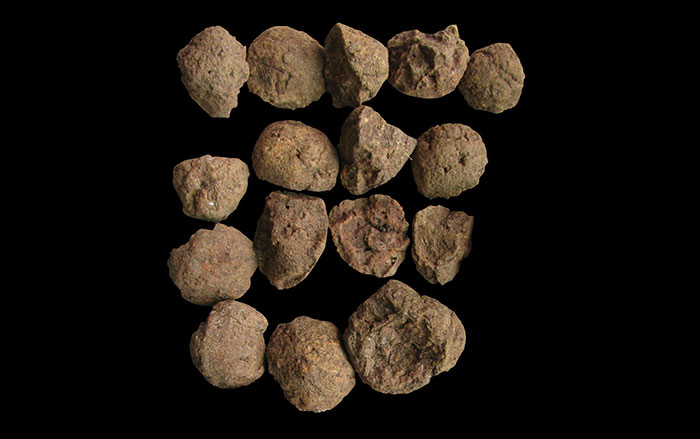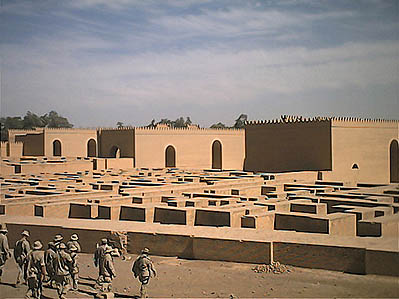
BAGHDAD, IRAQ—This video from CNN summarizes some of the challenges facing the 4,000-year-old city of Babylon. Archaeologists agree that restoration work under Saddam Hussein in the 1980s inflicted damage on the ancient remains and continues to cause problems. The dictator began to build a replica of the palace of Nebuchadnezzar II on top of its ruins, and then, after the Gulf War, added a modern palace adjacent to it. In 2003, U.S. troops occupied the new palace. Visitors can see the basketball hoop they installed inside its walls. Concertina wire that was left behind has been reused to keep tourists away from a 2,500-year-old lion statue. An oil pipeline now runs through the eastern part of the site. “It goes through the outer wall of Babylon,” said tour guide Hussein Al-Ammari. Only two percent of Babylon has been excavated, but local development continues to encroach on the site.






